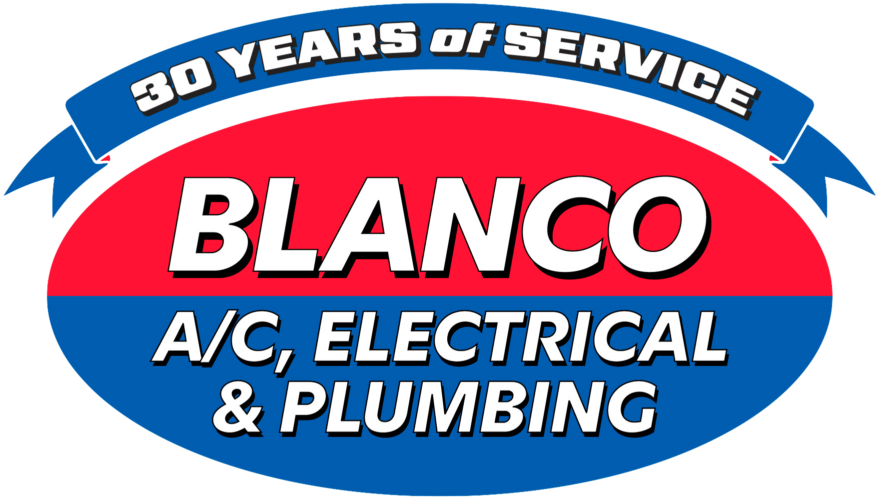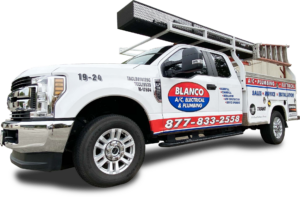If you’re dealing with a clogged drain, then your first instinct might be to run to the store and buy the first chemical drain cleaner you see. While these are effective, many homeowners don’t know that chemical drain cleaners can be dangerous for your plumbing.
Made with a combination of corrosive chemicals that burn through whatever is clogging your drain, these chemicals can also eat away at your pipes if used too often. This typically happens to homes with older pipes or plastic PVC pipes. Once the chemicals wear down your pipes enough, it can result in leaks that require costly repairs down the line.
Our plumbing experts at Blanco AC caution against using chemical cleaners and instead suggest clearing your drains through natural methods. Here are a few of the safest alternatives you can try:
Plunger
Plungers aren’t only used for toilet clogs — they can be used for sink clogs and tub clogs, too! And if you’re dealing with a light clog, sometimes all it needs is a bit of suction to pop it out.
To start, make sure there’s at least an inch of water to help the plunger create suction. Then, completely seal the drain with the rim of a standard plunger and work it up and down about 5 times in each direction. Do this for 20 seconds without breaking the seal.
For tub clogs, don’t forget to remove any stoppers and to tape the overflow drain so that air can’t escape while you’re plunging.
Note: Never use too much force to plunge a clog. If your drain won’t unclog with normal pressure, and it’s full of water, then you could have a deep, hard to reach clog. If you’re unsure, contact a professional plumber to assess the size of the problem.
Boiling Water
If you have metal pipes and your sink is already empty, then boiling water often does the trick! All you need to do is boil a large pot of water and slowly pour it directly down your drain. Make sure the water is not just hot but boiling hot. This ensures the water is hot enough to melt the substances that caused the clog. (This method is especially helpful for kitchen clogs, which are often made up of grease and soap.) After pouring the water, let it sit for a few minutes to let the substances dissolve. You can even do this once a week as a preventative method.
Note: Do not use this method if your home has plastic pipes. The heat from the water can cause the plastic to soften or warp. Use a plunger instead or call a professional plumber.
Baking Soda & Vinegar
Another simple method requires using only two products you probably already have in your kitchen: baking soda and vinegar. When combined these products create a chemical reaction that produces carbon dioxide gas. This reaction helps break down clogs and also disinfects the area. (Don’t worry, the chemical reaction is not strong enough to wear down your pipes!)
Start off by using the boiling water method. This helps loosen the clog — or can clear it completely — and preps the pipes for the baking soda and vinegar reaction. Then pour a cup of baking soda down your drain and let it sit for five to ten minutes. After that, pour one cup of diluted white vinegar and quickly cover it with a drain plug. Let these two sit for another five to ten minutes or longer if you have a big drain.
Once enough time has passed, pour more boiling water to flush out the clog. Afterwards, turn your faucet on hot for five minutes to help clear out any remaining residue.
While natural methods are safer, the best way to prevent clogs from happening is to schedule regular plumbing maintenance. Our plumbers at Blanco AC have the experience and expertise required for all your drain clearing and clog removal needs. Contact us today to help keep your plumbing system clean, safe, and stress-free!
Contact Blanco AC, Electrical and Plumbing
If you have a clog that just won’t seem to clear, even after the above measures, contact the professionals at Blanco AC, Electrical and Plumbing. We’ve been Blanco’s preferred home services resource and would love to serve you. Call us today!









